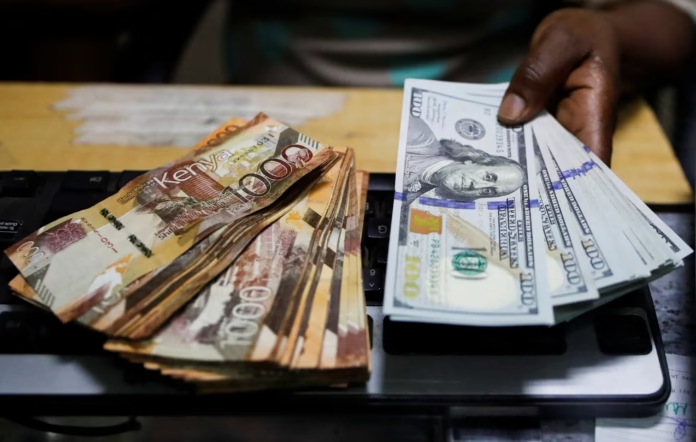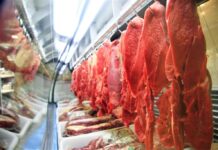The Kenyan shilling opened today, July 16, 2025, trading at 129.24 against the US dollar, slightly weaker than yesterday’s 129.00–129.20 intraday range.
The Central Bank of Kenya’s indicative rate puts the Euro at 150.15 KES per €1 and the British pound at 173.09 KES per £1, signaling modest pressure on the shilling across major currencies.
Despite the US dollar maintaining a firm grip, the shilling has shown resilience compared to recent weeks.
Yesterday’s intra‑week average hovered around 129.37 KES per USD, which followed a stronger close of 129.36 yesterday, reflecting relatively calm trading conditions.
Against the euro and sterling, movements have mirrored regional currency trends, with minimal volatility.
This stability follows recent actions by the Central Bank, notably maintaining the interbank rate at 9.66% while sustaining the central bank rate at 9.75%, regional T‑bill yields around 8.14%, and stable inflation near 3.8% in June.
These policy settings have continued to anchor the shilling despite mild dollar strength.
The local mid‑market USD/KES rate remains at about 129.20, unchanged from earlier in July, suggesting that short‑term demand and supply for hard currency remain balanced.
Exchanges report that the shilling has fluctuated within a tight band of 129.16 to 129.58 over the past ten days, reinforcing the view of controlled foreign exchange conditions.
Looking forward, the outlook is cautiously optimistic. The Central Bank’s prudent monetary stance, combined with subdued inflation and stable T‑bill rates, underpins expectations that the shilling will remain relatively firm in the near term.
However, any unexpected global dollar shifts or local capital flows could prompt renewed volatility.
In summary, while the shilling has eased marginally against the dollar, euro, and pound today, the levels remain broadly consistent with recent trends.
The broader stability reflects sound policy management and balanced market conditions.
Should global risk appetite shift or domestic macrodata surprise, the shilling may encounter renewed pressures but for now it sits on firmer ground.
Written By Ian Maleve



















